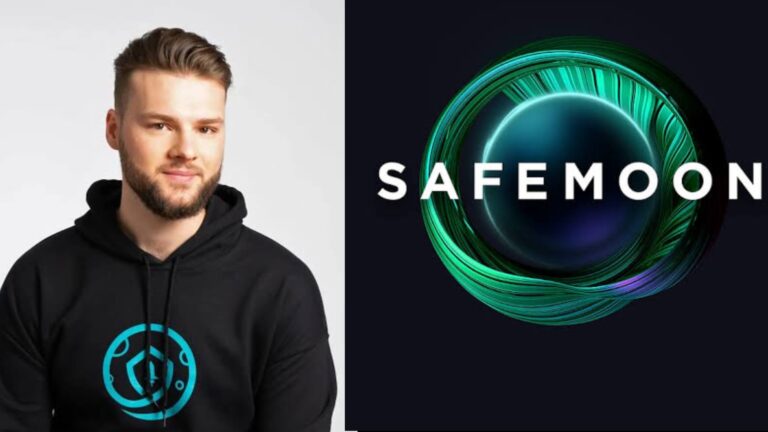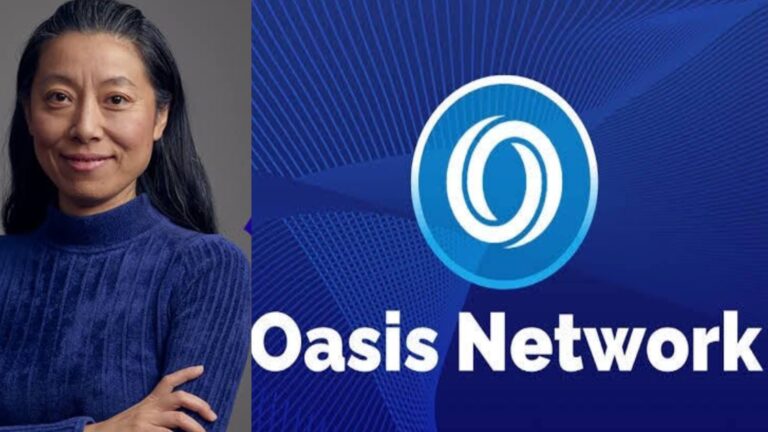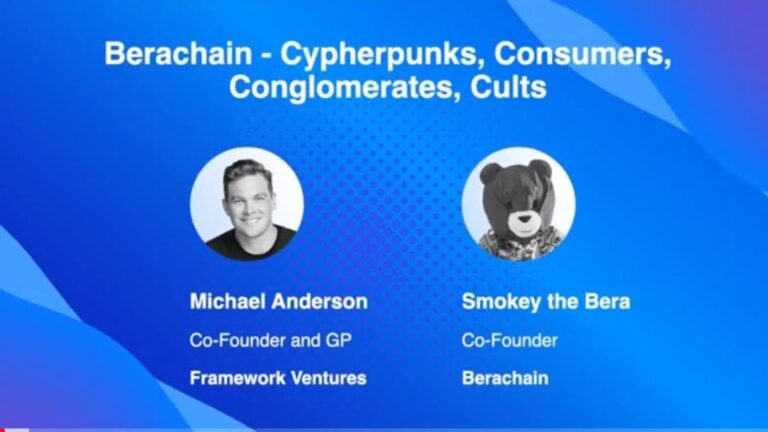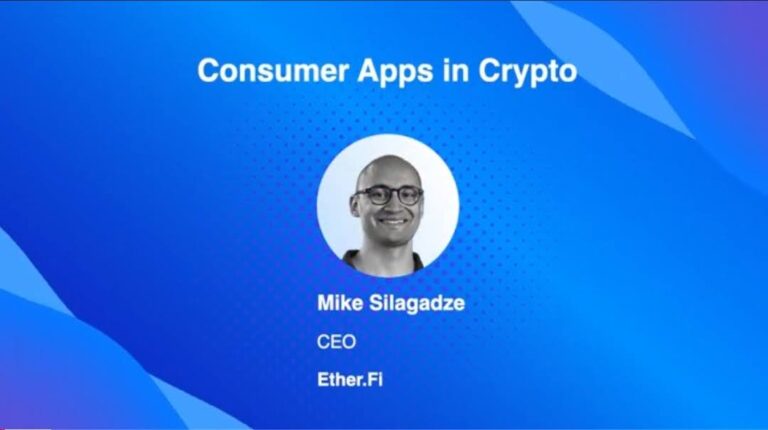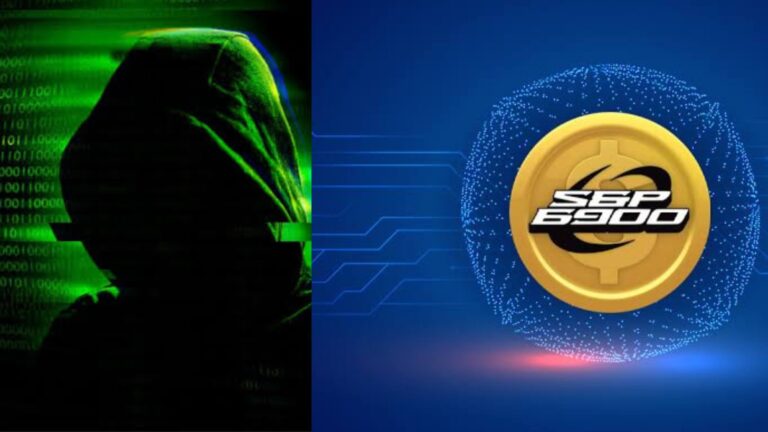Qubic Explained: Everything You Need to Know Before Investing – By Founder Sergey Ivancheglo

Introduction to Qubic
Qubic is an ambitious blockchain project that aims to revolutionize decentralized applications (dApps) and smart contract functionalities with its innovative platform. Developed by the IOTA Foundation, Qubic is designed to integrate the power of smart contracts, oracles, and off-chain computing, enabling a new era of trustless and decentralized computing. By building upon the already established IOTA Tangle technology, Qubic is poised to introduce a new set of functionalities that aim to address the limitations of traditional blockchain systems.
In this article, we’ll explore everything you need to know about Qubic, its unique features, and the potential investment opportunities it presents. Let’s dive into how Qubic works and why it could be an essential player in the future of decentralized technology.
What is Qubic?
Qubic is not just another blockchain or cryptocurrency platform; it is a decentralized computing network designed to support a variety of use cases. It is built on top of IOTA, a next-generation blockchain alternative that uses a Tangle (a form of Directed Acyclic Graph or DAG) instead of a traditional blockchain structure.
Qubic is essentially an enabler of decentralized smart contracts and an advanced platform for distributed computing, with a particular focus on integrating oracles (trusted data sources), and enabling trustless computation off-chain. It enables decentralized applications to leverage the power of smart contracts, while also utilizing the IOTA network’s high scalability and low-cost transactions.
The Vision Behind Qubic
The vision behind Qubic is to build an ecosystem that allows smart contracts, oracles, and off-chain computing to work together in harmony. The goal is to provide a platform that allows developers to execute more complex decentralized applications without relying on central servers, while offering businesses an easy way to create dApps that can scale globally.
Qubic leverages IOTA’s inherent scalability and its zero-fee transaction model, while incorporating advanced features like oracles (which provide external data to smart contracts) and off-chain computation (which allows computations to happen outside the main network to save on resources).
Key Features of Qubic
1. Smart Contracts
One of the primary features of Qubic is its ability to run smart contracts. Smart contracts are self-executing contracts where the terms are directly written into code. With Qubic, smart contracts can be written in a way that is more powerful than what’s typically possible on traditional blockchain systems.
By utilizing the IOTA Tangle network, Qubic allows for more complex transactions and computations, which are validated by the network in a decentralized manner. This is different from Ethereum and other smart contract platforms that rely on traditional blockchains.
2. Oracles
Oracles are an essential part of Qubic’s ecosystem. Oracles are services or data providers that supply external data to smart contracts in a trusted and secure manner. In traditional systems, smart contracts lack the ability to interact with the real world. However, oracles provide smart contracts with real-time data from off-chain sources like stock prices, weather conditions, or even IoT device data.
For example, an oracle could provide a weather update to a smart contract that executes an insurance claim if certain conditions are met, such as if it rains over a specified period. Oracles make Qubic smart contracts more powerful by giving them the ability to interact with real-world data.
3. Off-Chain Computation
Qubic also introduces off-chain computation to its system, which allows developers to run complex computations on external nodes rather than on the blockchain itself. Off-chain computing reduces the load on the network, saves computational resources, and ensures faster execution of computations.
This is particularly useful for large-scale decentralized applications that require massive computing power, such as artificial intelligence (AI) models, machine learning algorithms, or large data processing tasks.
4. Scalability and Speed
Unlike traditional blockchains, which can suffer from slow transaction speeds and scalability issues, Qubic leverages the IOTA Tangle to enable high scalability and fast transaction speeds. The Tangle is a unique structure that removes the need for miners and validators, reducing transaction costs and increasing throughput. Qubic can therefore handle a massive number of transactions without the bottlenecks seen in other blockchain systems.
5. Zero Transaction Fees
A key advantage of Qubic is that it runs on the IOTA network, which has zero transaction fees. This is highly beneficial for dApp developers and businesses, as there is no cost to execute transactions. This makes Qubic an appealing platform for businesses that need to scale their decentralized applications without worrying about high fees associated with other blockchains.
Qubic’s Token: IOTA (IOT)
While Qubic doesn’t have its own native token, it uses IOTA (IOT) as the underlying token for transactions, staking, and governance within the network. The IOTA token facilitates the payment for data transactions and incentivizes network participants, such as oracles and node operators, to provide data and computational resources.
The IOTA token also acts as a staking mechanism for validators who secure the network and help confirm the validity of smart contracts and transactions within the Qubic ecosystem.
Why Should You Invest in Qubic?
1. Strong Technological Foundation
Qubic is built on the IOTA Tangle, which is a scalable and efficient distributed ledger technology. The IOTA foundation has already established a solid track record in the blockchain industry, and the Tangle has proven to be a highly scalable solution. This provides investors with confidence in Qubic’s technological foundation.
2. Growing Demand for Decentralized Applications
The demand for decentralized applications (dApps) continues to grow as industries such as finance, healthcare, and supply chain management look for ways to operate without intermediaries. Qubic provides a platform that enables businesses to easily develop and deploy decentralized applications that can scale globally.
3. Low-Cost and Scalable Solution
Qubic’s zero-fee transaction model and its scalability make it an appealing option for businesses and developers looking to avoid the high costs associated with traditional blockchains. This positions Qubic as a disruptive solution to the current state of blockchain technology.
4. Innovation in Smart Contracts and Oracles
By introducing oracles and off-chain computation, Qubic opens up new possibilities for smart contracts, making them more powerful and versatile than those on traditional blockchains. This innovation could give Qubic an edge in the rapidly growing decentralized finance (DeFi) space.
5. Backing from the IOTA Foundation
The fact that Qubic is being developed by the IOTA Foundation, an established entity in the blockchain world, lends credibility and trust to the project. The IOTA Foundation has a proven history of developing innovative solutions for the blockchain space, and this makes Qubic an attractive investment option.
Risks of Investing in Qubic
While Qubic offers numerous advantages, it’s important to consider the risks involved:
- Competition: The blockchain space is highly competitive, with many projects focused on smart contracts and decentralized applications. Qubic needs to differentiate itself and demonstrate its superiority over projects like Ethereum, Polkadot, and Solana.
- Adoption and Network Growth: Qubic’s success is reliant on widespread adoption by developers and businesses. If the ecosystem does not grow or if developers don’t adopt the platform, it could hinder the project’s potential.
- Complexity: Qubic’s advanced features, such as oracles and off-chain computation, may be difficult for developers to understand or implement, limiting the overall adoption of the platform.
Conclusion
Qubic represents a highly innovative blockchain project that offers solutions to some of the major issues faced by existing blockchain platforms, including scalability, transaction fees, and the limitations of smart contracts. Built on the IOTA Tangle, Qubic aims to bring new capabilities to decentralized applications with its smart contract functionality, oracles, and off-chain computation.
As the demand for decentralized applications and blockchain-based solutions continues to rise, Qubic’s unique features and strong backing from the IOTA Foundation position it as a promising player in the blockchain ecosystem.
However, as with any investment, it’s essential to conduct thorough research and understand the risks involved before diving in. If Qubic can successfully gain adoption and continue to innovate, it has the potential to become a major player in the blockchain space.
Disclaimer: This article is for informational purposes only and should not be considered as financial advice. Always conduct your research and consult a financial advisor before making any investment decisions.
This detailed article provides a comprehensive overview of Qubic and why it might be an appealing investment. However, always ensure you stay updated with the latest news and market developments before making any decisions.

